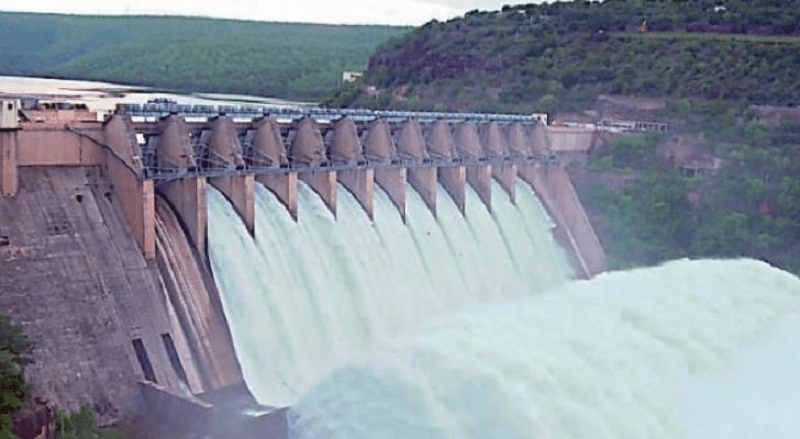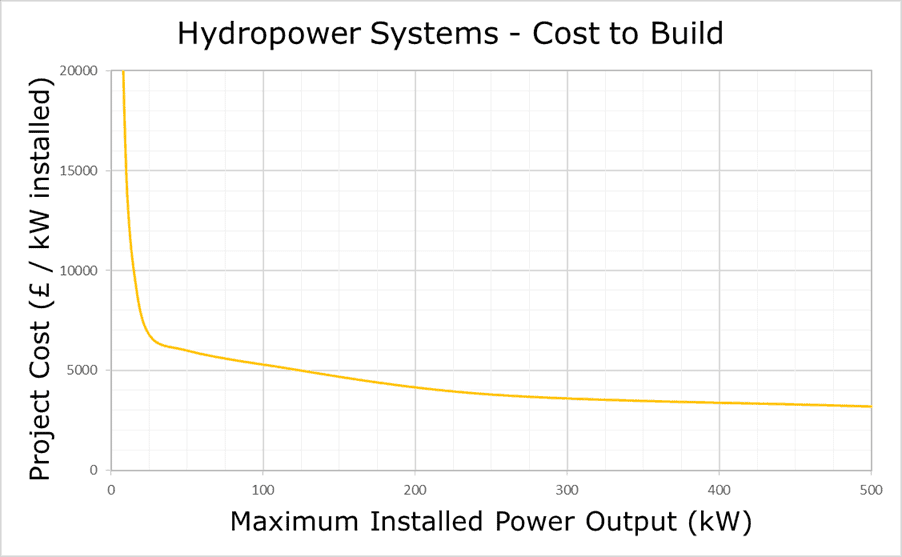A dam is a barrier that stops or restricts the flow of water or underground streams. Dams can be used to store water, generate electricity, or for other purposes. Whatever your next project may be, we’ll make sure you get the most cost-effective solution.
This deal could cost $4.4 billion, but it’s not really about the money for the Navajo Nation (though $3.6 billion is kind of a lot of money). This is about the water. The Colorado River Basin holds 90% of the 23 million people in the Southwest United States and Mexico that depend on water from that complex system.

How much do dams cost to build
The cost of building a dam depends on many factors, including the size of the project, access to equipment and labor, and the type of dam you want to build. But as a general rule, you can expect to spend between $1 million and $10 million per megawatt (MW) of capacity.

Hydropower dams are relatively inexpensive compared with other types of power plants. For example, hydropower dams typically cost $0.2 to $0.5 million per MW capacity, while coal plants cost $0.8 million per MW capacity and nuclear power plants cost $5 million per MW capacity.
How much does it cost to build a dam?
The cost of building a dam depends on the size of the project and materials used. The average cost for constructing small dams is around $1,000. Bigger projects can range from $2 million to $10 million.
For example, the South Fork Dam in Washington state was constructed at a cost of about $4 million. The Flood Control Dam in La Crosse, Wisconsin was built at a price of $2.5 million.
The most expensive dam in the world is the Three Gorges Dam in China which was built at a cost of over $60 billion!
The cost of building a dam depends on the size of the dam, the material used and the contractor you choose.
The number and type of turbines you plan to install will also affect your final price.
Overall, a small hydroelectric dam can cost between $5 million and $50 million. A large dam with multiple turbines can cost up to $500 million or more.
A hydropower dam, or a hydroelectric dam, is a type of dam that uses the force of flowing water to generate electricity. Hydropower dams are usually used for generating electricity and for controlling floods. They can also be used to provide fresh water for various purposes, such as irrigation, drinking water and industrial use.
Hydropower dams are classified according to their technical specifications. Based on the height of the dam, they are classified into high-, medium- and low-head dams.
High-head hydropower dams have a head (water drop) more than 50 feet (15 meters). Examples of high-head dams include the Hoover Dam in Nevada and the Glen Canyon Dam in Arizona. This type of hydropower dam requires a large reservoir because it has a large output capacity.
Medium-head hydropower dams have a head between 10 and 50 feet (3 and 15 meters). Examples include those built along rivers in Brazil and those constructed on small streams in Switzerland. The latter were built using local materials such as stone walls covered with earth fill or timber structures covered with soil fill. These types of dams do not need large reservoirs because they have smaller outputs compared with high-head dams. However
A dam is a barrier that holds back water and creates a reservoir. Dams can be used to store water for human use, control flooding, generate hydroelectricity, or help with navigation.
In the United States, about 2,300 large dams are in operation. Image: Sean Pavone / Shutterstock.com
The cost to build a dam varies depending on its size and purpose; however, there are some common costs associated with all types of dams.
The largest dams in the world include the Three Gorges Dam in China and the Aswan High Dam in Egypt. The Three Gorges Dam was originally budgeted at $20 billion but ended up costing more than $30 billion when it opened in 2006. The Aswan High Dam cost $19 billion when it was built during the 1960s — equivalent to $111 billion today when adjusted for inflation.
How much does it cost to build a hydropower dam?
The cost of building a hydropower dam depends on the size and location. Smaller dams are usually cheaper than large ones, and dams in remote areas are more expensive than those near cities or towns.
Small dams (less than 50m high) are usually less than $5 million, while large dams can cost up to $1 billion.
The cost of building a hydroelectric dam also depends on whether it’s built by the government or private companies. Hydropower has always been considered an important source of energy, but its use has been limited due to its high cost.
The cost to build a hydropower dam can vary significantly, depending on the size of the project and its location./GlenCanyon_MatthewMicahWright_LonelyPlanet_Getty-56a2ad545f9b58b7d0cd4fb4.jpg)
The average cost for a small hydropower dam is about $3 million per megawatt (MW). A large hydropower dam can cost up to $15 million per MW.
The most expensive part of building a hydropower dam is constructing the penstock, which is the pipe that brings water from the reservoir to the turbine. The penstock can account for up to half of the total cost.
The cost of building a dam is extremely high and varies depending on the type of dam and its size.
The typical cost of building a dam averages from $30 million to $300 million per meter of height.
However, this does not include the cost for land acquisition and relocation of people that might be affected by the construction of the dam.
The average cost for building a hydropower dam is around $2 billion per megawatt (MW) installed capacity.
The cost of building a dam varies depending on the size and location of the project. The cost will also vary depending on whether it is a run-of-the-river dam or a storage dam, as well as what type of material is used to build it.
In general, an average hydropower dam costs $2 million per megawatt (MW), with the lower end being about $1.5 million per MW and the upper end being about $3 million per MW. For example, a 10 MW project would cost $20 million to build.
This does not include the cost of land acquisition or site preparation, which can add anywhere from $5 million to more than $100 million depending on where you are located in North America.
Hydropower dams are an essential part of the energy mix. They provide a constant source of electricity, which is especially important in developing countries. They also provide flood control and water for agricultural use.
Dams come in many sizes and shapes, but all share some features:
They capture water from rivers or lakes behind a dam wall.
The water flows through turbines, which generate electricity as they turn.
Some dams also have power stations where the energy is converted into electricity before being sent to homes and businesses.
